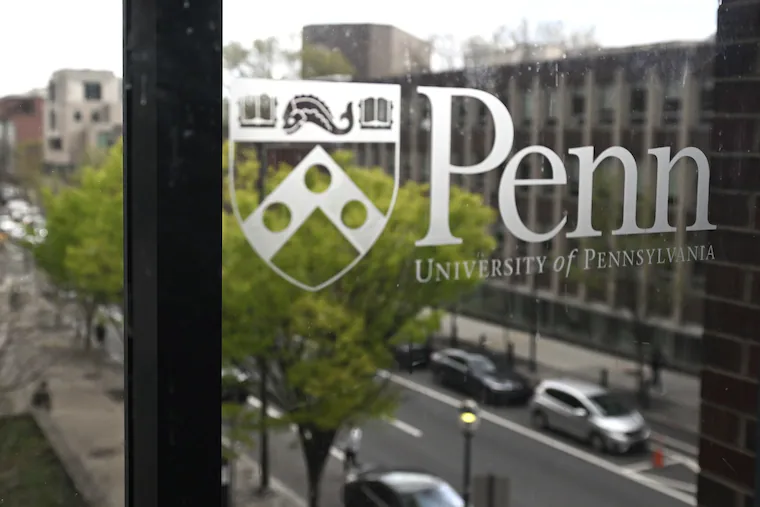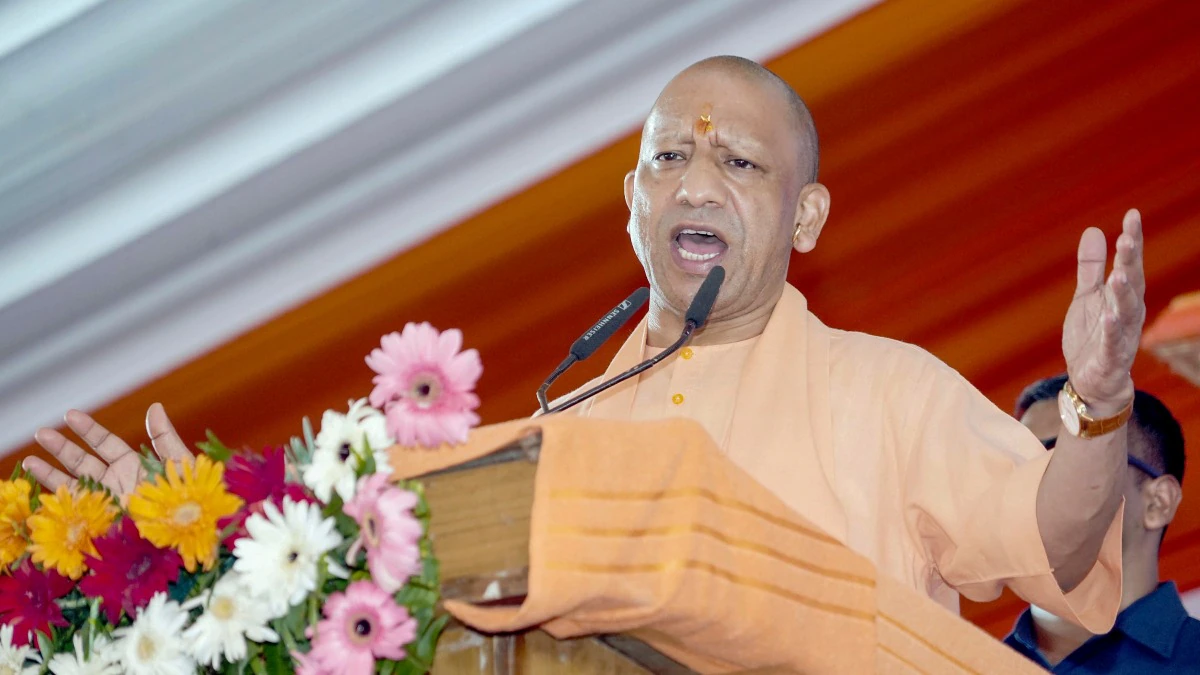Copyright breezyscroll

A new trend is reshaping the American workforce, and economists are calling it the “Great Freeze.” Unlike the Great Resignation or Great Reshuffle that defined the post-pandemic years, this phenomenon reflects a striking stillness: companies are not hiring aggressively, yet they’re also avoiding layoffs. The result is a stagnant labor market where mobility, opportunity, and career progression are all on pause. What is the “Great Freeze” in the labor market? The term “Great Freeze” describes a period when hiring slows down dramatically while layoffs remain minimal. This creates a gridlock where: Job seekers struggle to find new opportunities Current employees see limited career advancement, and Employers choose caution over expansion or downsizing In essence, both sides of the labor equation, workers and employers, are waiting out uncertainty. According to economists, this cautious equilibrium stems from several factors: AI-driven disruptions, economic volatility, and immigration restrictions. Nicole Bachaud, a labor economist at ZipRecruiter, summarized it succinctly: “We’re seeing employers and job seekers both trying to wait out any of the uncertainty.” Why are companies reluctant to hire? Despite strong corporate profits and stable consumer spending, US firms are showing a surprising hesitancy to expand their workforce. Several interlocking reasons explain this: 1. Economic and policy uncertainty Concerns over tariffs, trade policy, and potential inflation spikes are prompting companies to play it safe. Even though earnings remain positive, many firms are unsure about future demand and global stability. Stephen Juneau, senior economist at Bank of America, told Business Insider: “Earnings are still positive, businesses are still making money, and there’s not really a catalyst for them to reevaluate their headcount.” 2. AI replacing routine work Artificial intelligence is quietly transforming job structures, automating repetitive tasks in sectors like finance, customer service, and data management. While this boosts efficiency, it also makes companies less inclined to hire additional human workers for mid-level or administrative roles. 3. Immigration clampdowns are tightening the talent pipeline Immigration restrictions, particularly around H-1B visas, are reducing access to specialized talent in tech and engineering. A recent wave of anti-visa sentiment — amplified by industry voices calling for domestic-first hiring- has further disrupted workforce dynamics. Why are companies not firing either? On the flip side, despite slower hiring, layoffs have not surged. This paradox, few job openings but stable employment, reflects a phenomenon economists are calling “job hugging.” “Job hugging” describes companies holding tightly to their existing employees, fearing that rehiring later might be costlier or more difficult if the economy rebounds suddenly. Supporting data: Employee turnover fell from 177% in 2023 to just 50% in 2025, according to ZipRecruiter. 76% of employers said retaining workers is their top priority for 2026. 30% of companies cited “external economic uncertainty” as the main reason for low turnover. This culture of cautious retention has created an illusion of job security, but also a bottleneck for fresh talent trying to enter the workforce. How does the “Great Freeze” affect workers and job seekers? For employees, the freeze means career stagnation. With fewer internal promotions and limited external openings, professionals are often forced to stay put in roles that offer minimal growth. Workers are accepting jobs outside their skill or salary range just to stay employed. Internal advancement has slowed as managers delay reorganizations and promotions. New graduates and entry-level candidates face the hardest hit, with fewer openings to launch their careers. In August 2025, there were 7.2 million job openings compared to 7.4 million unemployed individuals, according to Business Insider, a striking reversal from the tight labor market seen during the 2021–2023 recovery. Will the US labor market unfreeze soon? Experts believe improvement will be gradual rather than dramatic. “We’re only a few months from the end of the year, and there isn’t an immediately obvious reason why the job market would suddenly snap out of the malaise it’s in,” said Daniel Zhao, chief economist at Glassdoor. However, some green shoots are emerging. Over 63% of companies reportedly plan to increase hiring next year, especially for entry-level positions — the segment most affected during the freeze. Bachaud’s October 21 report for ZipRecruiter noted that companies investing in skills development and workforce adaptability will have a clear competitive advantage: “Firms that prioritize skill growth, flexibility, and technological adoption will attract top talent as the market evolves.” This signals that the thaw, when it comes, will likely favor skills-first organizations and digitally agile workers. What the “Great Freeze” reveals about the post-AI economy The Great Freeze underscores a deeper transformation in the US job ecosystem. It marks a pivot from a “people-scarce” economy to a “skills-scarce” economy, where: Firms are cautious not because of weak demand, but due to uncertainty about what skills the future economy will value most. AI adoption is forcing redefinitions of productivity and human capital. Workers need to invest in continuous upskilling to stay employable in a volatile, tech-driven market. In other words, this isn’t just a hiring slowdown; it’s a reset of how America defines and distributes work. The “Great Freeze” describes a stagnant labor market where firms neither hire nor fire aggressively. AI automation, immigration restrictions, and economic uncertainty are major drivers. Companies are engaging in “job hugging,” retaining workers while minimizing new recruitment. Turnover has dropped from 177% in 2023 to 50% in 2025. Workers face stagnation, with fewer promotions or job changes available. Experts predict a gradual recovery in 2026, led by entry-level and skill-focused hiring.



